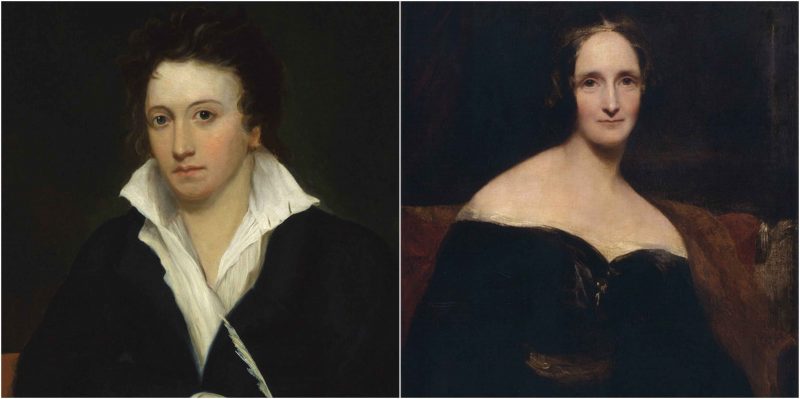Percy Bysshe Shelley was one of the most notorious English Romantic poets, whose theories on an economy, politics and morality have influenced Marx, Leo Tolstoy, Mahatma Gandhi and Henry David Thoreau.
He was admired by Oscar Wilde, Thomas Hardy, George Bernard Shaw, Bertrand Russell, W. B. Yeats, Upton Sinclair, and Isadora Duncan.
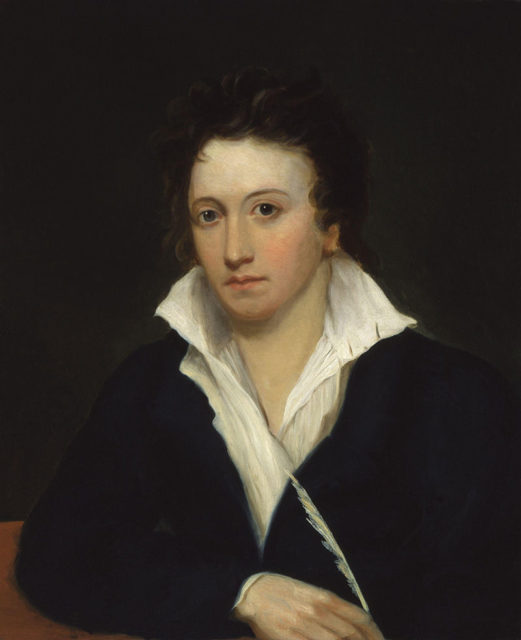
He lived at a time when his contemporaries and friends were the greatest philosophers and writers of the day.
He befriended William Godwin, Lord Byron, Leigh Hunt, Thomas Love Peacock, and Mary Shelley – the only of the three sisters he actually loved.
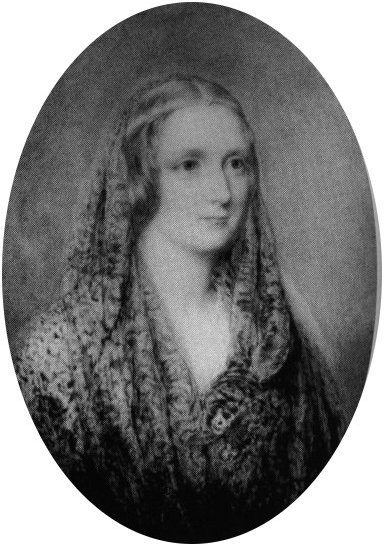
As a man ahead of his time, he had troubles in his social and love life.
In 1811, when Shelley was only 19, he was expelled from Oxford because he anonymously published a pamphlet called “The Necessity of Atheism” and he refused to claim the authorship in front if the dean.
He ran to Scotland along with the 16-year-old Harriet Westbrook, a friend of his sister’s.
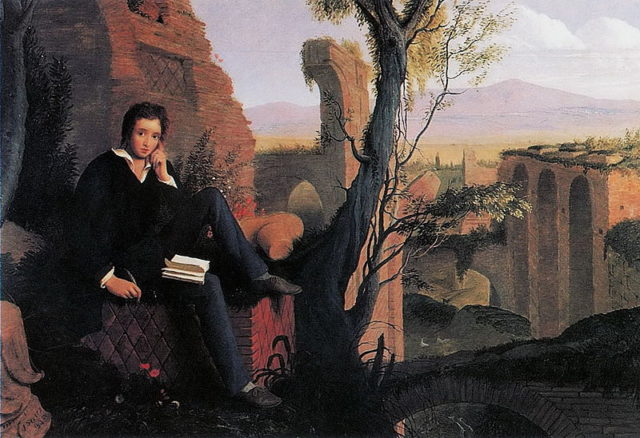
Westbrook was also a troubled young girl, who in her letters to Shelley told him that she would commit suicide because she is unhappy with her school and her home.
So Shelley decided that he could save the girl by marrying her.
Even though the Westbrooks were formally against the marriage because of Shelley’s non-religiousness, in fact, they were content for their daughter to marry such a wealthy man as Shelley was.
During this period, Shelley wrote a letter to the philosopher and writer William Godwin whom he admired, to take him under his supervision as a devoted disciple and offering him a lot of money.
Since Godwin was penniless at the time he willingly accepted Shelley.
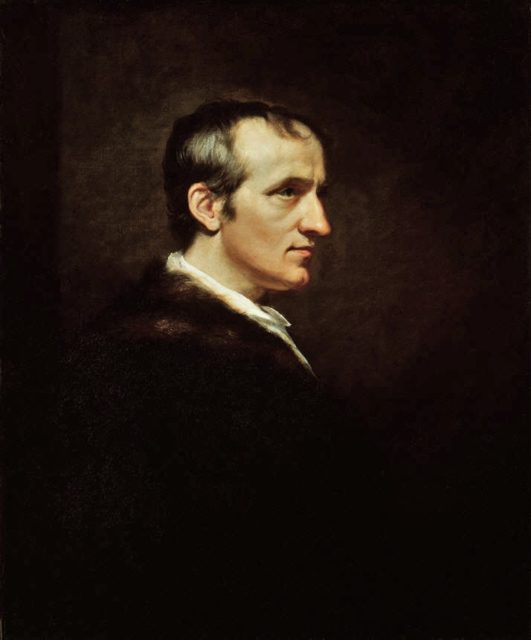
Godwin had three daughters: Fanny Imlay, who was the illegitimate daughter of Godwin’s wife Mary Wollstonecraft and her lover, the diplomat speculator and writer, Gilbert Imlay; Claire Clairmont, the illegitimate daughter of Godwin’s much younger second wife, Mary Jane Clairmont; and Mary Wollstonecraft (later Shelley), who was named after her mother, a famous philosopher, who died during childbirth.
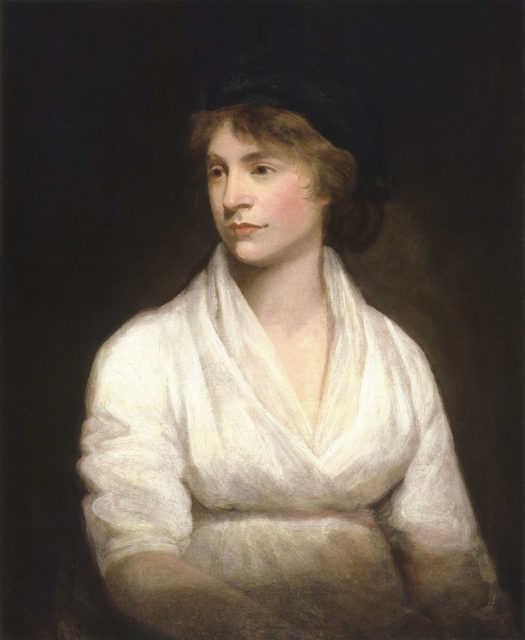
Percy fell in love with Mary as soon as he met her. In 1814, Percy left Harriet, who was now pregnant, and left for Switzerland with Mary who was only 16.
They invited Mary’s sister Claire Clairmont who was also 16 at the time because she could speak French.
Fanny wasn’t invited. She was left to suffer at home as she also had fallen in love with Percy.
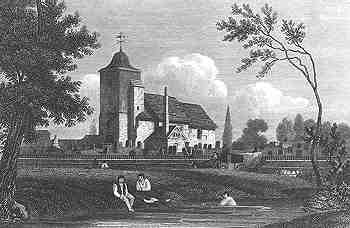
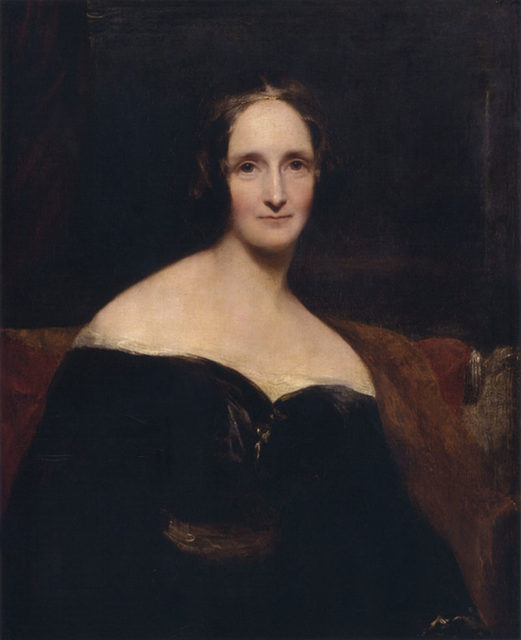
Percy, Mary, and Claire sailed to Europe and then walked all across France and Switzerland reading aloud works of Rousseau, Shakespeare, and Mary’s mother, Mary Wollstonecraft.
Only after six weeks, they returned to England where Godwin refused to even meet them. Even though Godwin didn’t want to have anything with Percy, he still wanted his money and demanded it.
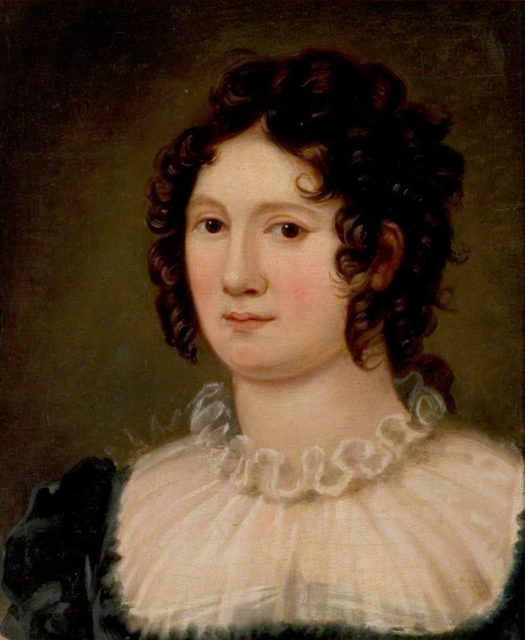
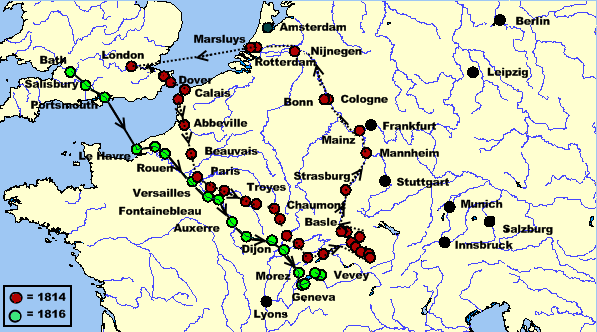
The trio left for another trip in Switzerland in 1816. This time they were joined by Lord Byron who was invited by Claire Clairmont.
Claire was actually in love with Percy and her invitation for Byron who was interested in her was an act of jealousy to her sister.
However, it seems like they all became close friends.
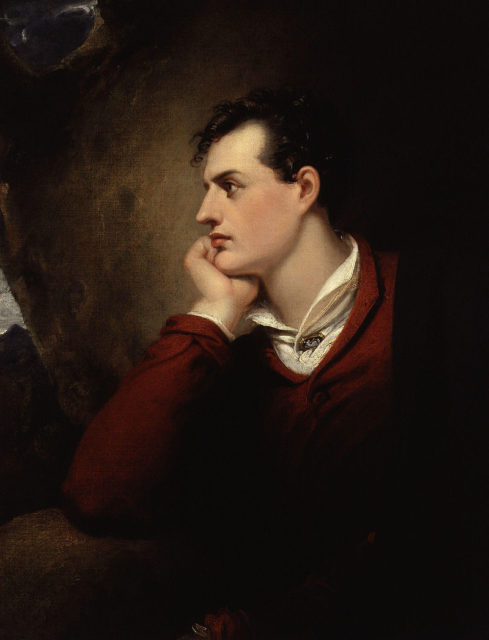
They stayed at the Villa Diodati where they read “Fantasmagoriana” – German ghost stories. Byron, Mary, Percy, and Claire were joined by John William Polidori in their evenings of reading the ghost stories.
These evenings inspired the great writers to compose some of the greatest stories ever written.
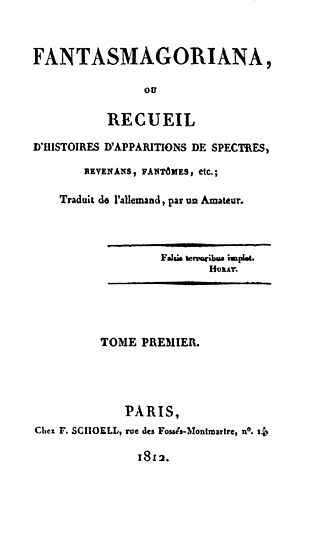
In the two following years, Polidori completed his prose fiction The Vampyre, Percy wrote Mont Blanc, and encouraged Byron to complete Don Juan while Mary wrote Frankenstein.
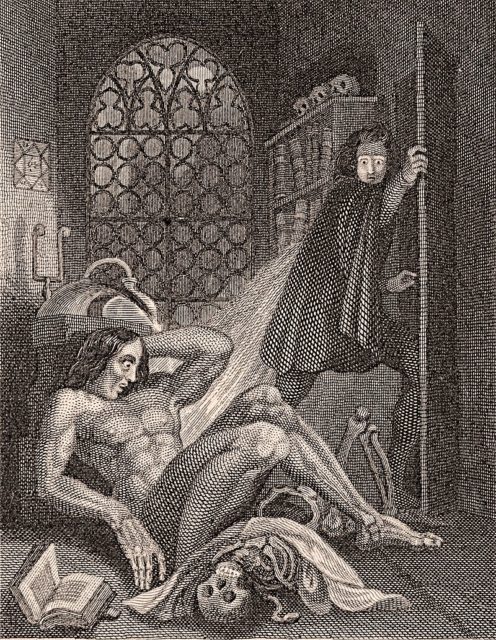
After their return to England, Claire and Byron had an illegitimate daughter named Allegra.
Fanny, still unhappy with her exclusion from her sisters’ and Percy’s friendship, committed suicide. In the meantime, Percy’s wife Harriet drowned herself in the Serpentine in Hyde Park, London, in an advanced state of pregnancy.
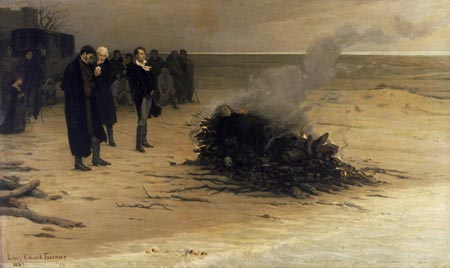
Only three weeks after Mary and Percy got married. However, they remained together for only four more years.
In 1822, less than a month before his 30th birthday, Shelley drowned in a sudden storm on the Gulf of Spezia while returning from Livorno in his sailing boat, the Don Juan.
